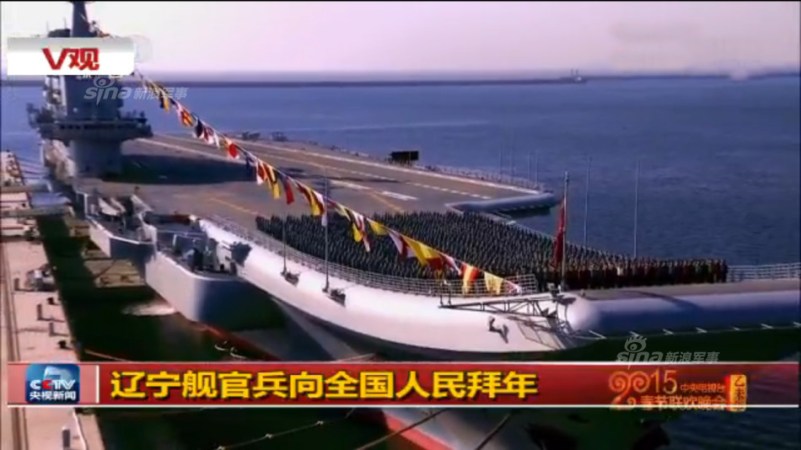

China has been making under-the-radar advances in railguns and other electromagnetic technologies, a move that’s particularly notable considering the U.S. Navy has just recently reduced its efforts developing this kind of technology.

As opposed to gunpowder, railguns use electromagnetic energy to sling out a projectile, which means there’s potential for far greater speed and range—the equivalent of a cannon with missile effects. Essentially, a railgun is an electromagnetic-powered cannon that’s fires hypersonic shells by applying parallel magnetic fields (or “rails”) on the shells
While the technology has received great attention in United States military circles, China is the nation producing the most unclassified, peer-reviewed electromagnetic launch research in the world. It’s the type of public science that suggests China could field a range of military electromagnetic technologies in the future.

What’s more, in a presentation at the PLAN University in Wuhan (home to the land-based testing rigs for the Chinese aircraft carrier and the Type 055 destroyer) Rear Admiral Ma Weiming told Chinese experts in electromagnetic research that the countryhas made breakthroughs in key areas of electromagnetic applications, such as railguns and electromagnetic-assisted launch system (EMALS) catapults.
Admiral Ma noted that some of the breakthroughs were key to building an operational railgun. That could mean these innovations involve decreasing gun barrel wear, power storage and management, and/or energy efficiency.

Equally notable is potential progress on the EMALS catapult. Compared to traditional steam catapults that rely on compressed steam to vault aircraft, EMALS catapults rely on magnetically propelled sleds. EMALS, compared to steam catapults, are more efficient and require less maintenance than the complex system of steam pipes. The EMALS catapult is likely to equip the second domestically built Chinese aircraft carrier, the CV-18, which will likely be launched sometime after 2020.

Railguns and EMALS catapults could make the Chinese Navy much more capable. Railgun-equipped warships can fire hypersonic projectiles to shoot down stealth aircraft and ballistic missiles, or bombard enemy ships and land targets from hundreds of miles away.
And EMALS catapults would allow Chinese aircraft carriers to launch a range of heavier aircraft, significantly increasing their strike power and range. That’s not all. In 2016, retired Rear Admiral Zhao Dengping discussed plans for a follow-up warship to the Type 055; a “Universal Combatant Ship” that would be equipped with laser, railguns, and, most intriguingly, electromagnetically assisted missile launchers, which could increase missile range.
You may also be interested in:
China’s Making Major Progress with Its Aircraft Carrier Technology
An Electromagnetic Arms Race has Begun: China is Making Railguns Too
Peter Warren Singer is a strategist and senior fellow at the New America Foundation. He has been named by Defense News as one of the 100 most influential people in defense issues. He was also dubbed an official “Mad Scientist” for the U.S. Army’s Training and Doctrine Command. Jeffrey is a national security professional in the greater D.C. area.















